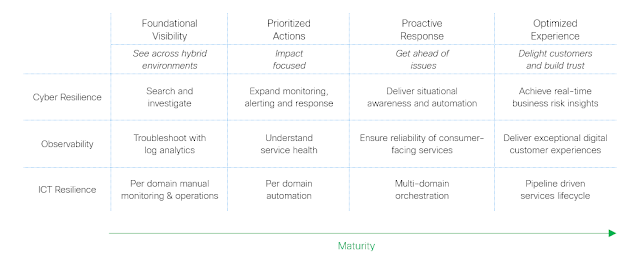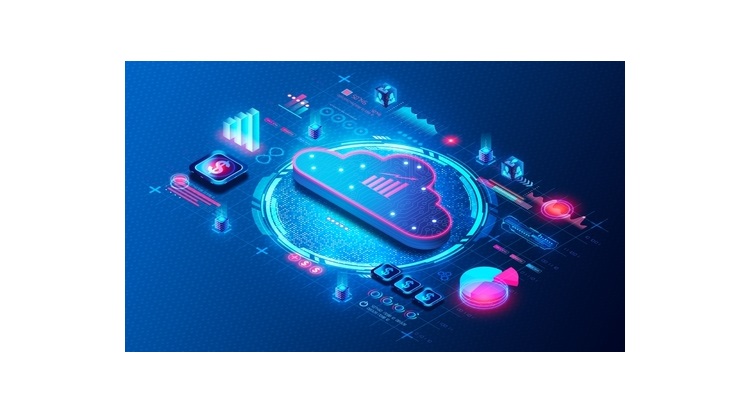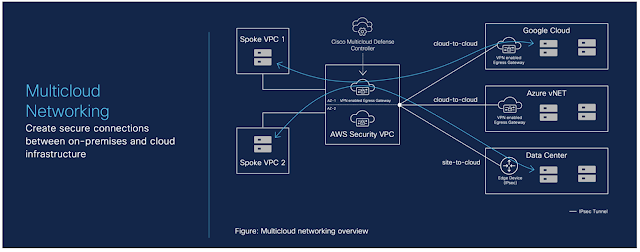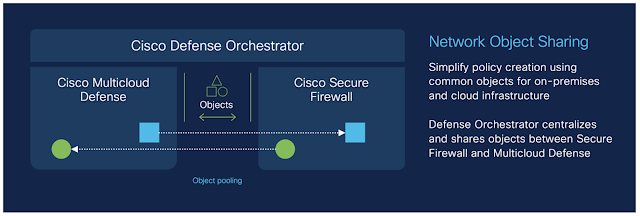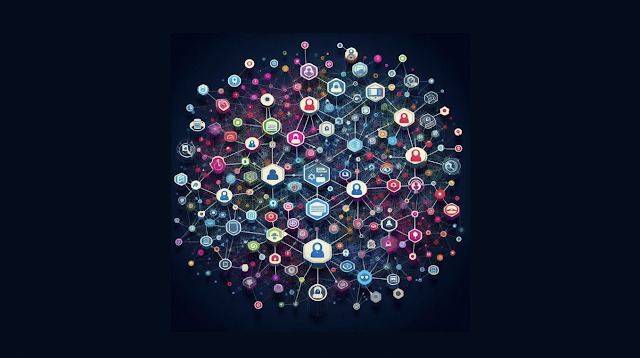Digital services now play a key role in the European economy. The potential catastrophic consequences of these services being compromised has driven the European Commission to introduce The Digital Operational Resilience Act (DORA).
Supported by the right technology partner, financial service institutions (FSIs) can turn compliance into competitive advantage, while hardening operational resilience, across four key areas:
- Business continuity in the event of ICT third-party provider disruptions (Multicloud Operations & Service Substitutability).
- Business optimization with enhanced telemetry and insights so leaders can make the data driven decisions with confidence (Observability & Data Quality).
- Improved operational experience by minimizing downtime through ICT and cyber recovery plans (Back to Health).
- Delivering exceptional customer experience by improving service quality, availability, and robustness (Resilience by Design).
How will DORA impact your organization?
From January 2025 FSIs will be required to deliver to a set of criteria, templates, and directives to assure continued delivery of Important Business Services (IBS) to customers. These will check and prove their ability to maintain a proactive stance on security, and ensure they are able to endure, address, and recover from the impact of ICT incidents.
Why is DORA an opportunity to deliver greater resilience?
Cisco believe these regulatory requirements are an opportunity for the financial sector to further implement digital transformation across the enterprise. DORA is a catalyst to move from siloed, fragmented ‘best-of-breed’ approaches to a more holistic strategy driven by top-down cultural change. Supported with agile service delivery practices organizations can proactively and incrementally address evolving business continuity requirements. This marks an opportunity for FSI’s to rethink how they harden their operational resilience through capabilities such as IBS mapping alongside ICT and cyber operational transformation.
How can Cisco partner with you to achieve operational resilience?
Cisco’s portfolio is uniquely positioned to support FSIs in the journey to strengthen cyber resilience, ICT resilient operations, and to map important business services across four key areas:
Multicloud Operations & Service Substitutability to enable business continuity for FSIs in the event of ICT third-party provider disruptions (e.g. cloud provider services). We achieve this through:
- Multicloud service automation enabling the journey to any cloud
- Digital experience monitoring
- Third party risk management assuring ‘substitutability’ of cloud services
Observability & Data Quality by working with FSIs to define IBS entity dependencies. Helping to create dashboards and reports that provide the insights relevant to the different business stakeholders. Key solutions in this area are:
- Full-stack observability tooling
- Enhancing telemetry & insights, through best-in-class data management and AI generated insights
- IT asset management (including software and hardware) for improved accuracy and data hygiene
Back to Health by tailoring and executing ICT and cyber recovery plans. We do so through:
- Cyber security simulation (red and purple teaming)
- Maturity assessments for capability gap analysis
- Resiliency testing and validation as part of the CI/CD delivery pipeline and digital twins
Resilience by Design through driving ICT operational maturity, resulting in improved service quality, availability, and robustness. This can be achieved through:
- Improve operational effectiveness through better integration of people process technology and tools
- An end-to-end security platform for consistent policy orchestration and implementation. Remediating security related events fast and consistently
- Threat Intelligence & Modelling and include a ‘Shift left’ mentality in the development lifecycle.
Putting these key areas into a maturity journey context, we can assess where your organization is with regards to operational resilience. This will help with mutual understanding what is needed to take the next maturity steps as shown in the table below.
We have worked as a trusted partner in helping organizations globally across all verticals to achieve operational resilience. Our extensive experience of helping customers through our comprehensive portfolio of solutions and services can support each FSI’s unique journey to DORA compliance.
Source: cisco.com


